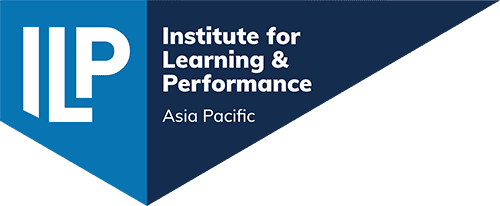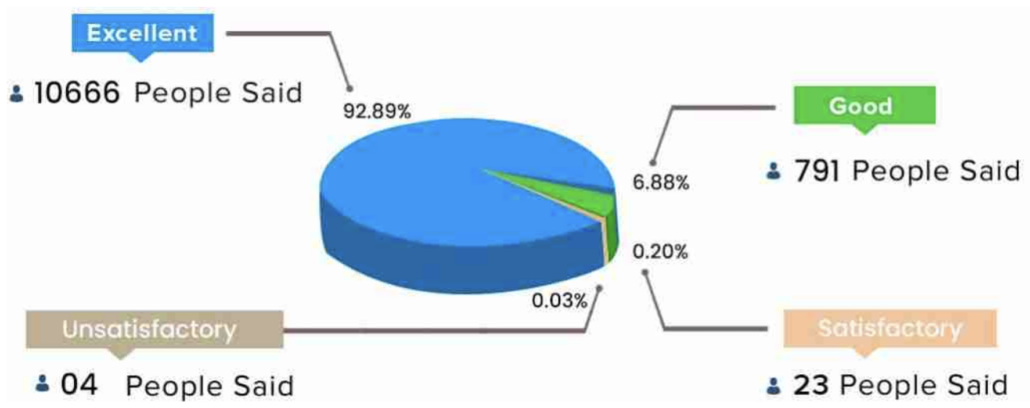Leveraging Learning: The Power of L&D to Lead Organisations
Have you ever considered organisational learning and development as a strategic superpower? According to influential figures like Dr John Blakely (the Trusted Executive) and research firm McKinsey & Company, L&D is the critical component within strategic planning that can be the difference between success and failure.
As the pace of change accelerates with such advances as large language models, text-to-video AI and more, L&D’s transformative potential has never been more critical. By positioning L&D at the heart of business strategy, organisations can unlock unprecedented opportunities for growth and innovation.
Strategic Synergy and Significant Success
L&D transcends its traditional role to become a strategic partner, aligning educational initiatives with enterprise objectives. This strategic synergy enhances employee engagement, drives operational efficiency, fosters a culture of continuous improvement, and unlocks new levels of organisational success. Consider the example of IBM, where a focused L&D strategy centred on design thinking enabled a company-wide shift towards customer-centric solutions (Bersin, 2018).
When L&D strategies resonate with business goals, they catalyse crucial outcomes: heightened productivity, innovation, and competitive advantage.
Furthermore, research demonstrates a clear correlation between strategic L&D and financial performance. A study by the Association for Talent Development (ATD) revealed that organisations investing heavily in employee development outperform their industry peers in key financial metrics (ATD, 2020).
Additionally, companies recognised for their learning cultures are significantly more likely to experience market leadership, adaptability, and innovation (Bersin by Deloitte, 2019). By actively aligning L&D programs with overarching strategic goals, organisations create a robust framework for sustainable growth and long-term success.
Empowering Employees: Building a Backbone of Resilience
Effective L&D programs act as career catalysts for employees, going beyond simple skills training. By providing opportunities for upskilling, reskilling, and cross-functional development, organisations equip staff with the tools to triumph in current roles and confidently navigate future challenges. Take Salesforce, for example – their Trailhead platform offers personalised learning paths, empowering employees to drive their own career development (Salesforce, 2023). Organisations championing continuous learning cultivate a resilient, responsive, and resourceful workforce – building adaptability into their company DNA.
Research supports this notion; a McKinsey study found that reskilling initiatives can significantly improve employee retention and satisfaction (McKinsey & Company, 2021). This investment in human capital not only fuels employee fulfillment but also fortifies the organization’s foundation in an unpredictable marketplace. By proactively developing their people, companies create a backbone of resilience, allowing them to weather storms of change and emerge stronger.

External Excellence: Extending Expertise
When organisations engage L&D professionals as external contractors, they inject fresh perspectives, specialised skills, and access to industry-leading innovations into their training regimes. For instance, partnering with a firm specialising in immersive learning technologies could transform a company’s onboarding or product knowledge programs. These experts bring cutting-edge learning solutions and sophisticated strategies that might be beyond the reach of in-house teams. This external enhancement revitalizes learning frameworks, making them more robust, relevant, and reflective of global best practices. It fosters a dynamic learning environment where new approaches flourish alongside existing strengths.
Measuring Mastery and Magnifying Impact
L&D must demonstrate definitive value through clear, quantifiable outcomes to solidify its strategic seat at the table. Organisations need to move beyond simple “happy sheets” (course satisfaction surveys) and focus on metrics that truly matter. By linking L&D initiatives directly to business performance—be it through boosted sales figures, enhanced customer satisfaction, improved operational efficiency, or reduced staff turnover—organisations vividly illustrate the vital role of learning in achieving ambitious objectives. A data-driven approach, such as that outlined in the Kirkpatrick Evaluation Model, provides a framework for measuring L&D’s impact across various levels (Kirkpatrick Partners, 2023). This strategic alignment ensures L&D investments are seen as drivers of success, not merely expenses.
Final thoughts
Learning and Development is a cornerstone of corporate strategy, as it should be, catalysing comprehensive organisational enhancement. With a seat at the strategic table, L&D leaders ensure that educational endeavours are not only aligned with current corporate goals but also adaptable to dynamic business landscapes. Recognising and realising the full potential of L&D propels organisations towards sustainable success and sector leadership.
References:
- Association for Talent Development (2020). State of the Industry Report.
- Bersin, J. (2018). The Disruption of Digital Learning: Ten Things We Have Learned.
- Bersin by Deloitte (2019). The High-Impact Learning Organisation research.
- Kirkpatrick Partners (2023). The Kirkpatrick Model.
- McKinsey & Company (2021). Building workforce skills at scale to thrive during and after the COVID-19 crisis. https://www.mckinsey.com/business-functions/people-and-organizational-performance/our-insights/building-workforce-skills-at-scale-to-thrive-during-and-after-the-covid-19-crisis
- Salesforce (2023). Trailhead: The fun way to learn. https://trailhead.salesforce.com/





